Gold Point and Death Valley
In January, 2019, Ryan Manzuk (Princeton *23) and I went to the American Southwest to look for fossils of half-billion-year-old sponges. For only the second time as a graduate student, I managed to take photos with a film camera.
The things is, I bring my Canon A1 along with me almost every field season. Unfortunately, it tends to stay in my duffel bag. This time, however—even though it was miserably cold in Nevada, and a government shutdown meant that Death Valley National Park was a free-for-all—I brought the camera out to take some photos.
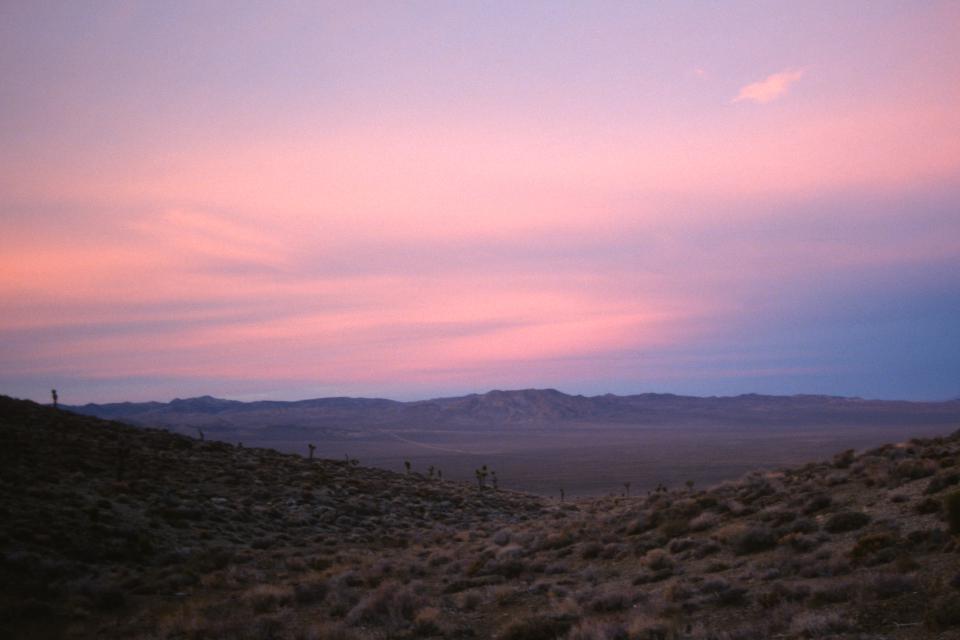
Following a day of fieldwork, the sun sets near Gold Point, Nevada.
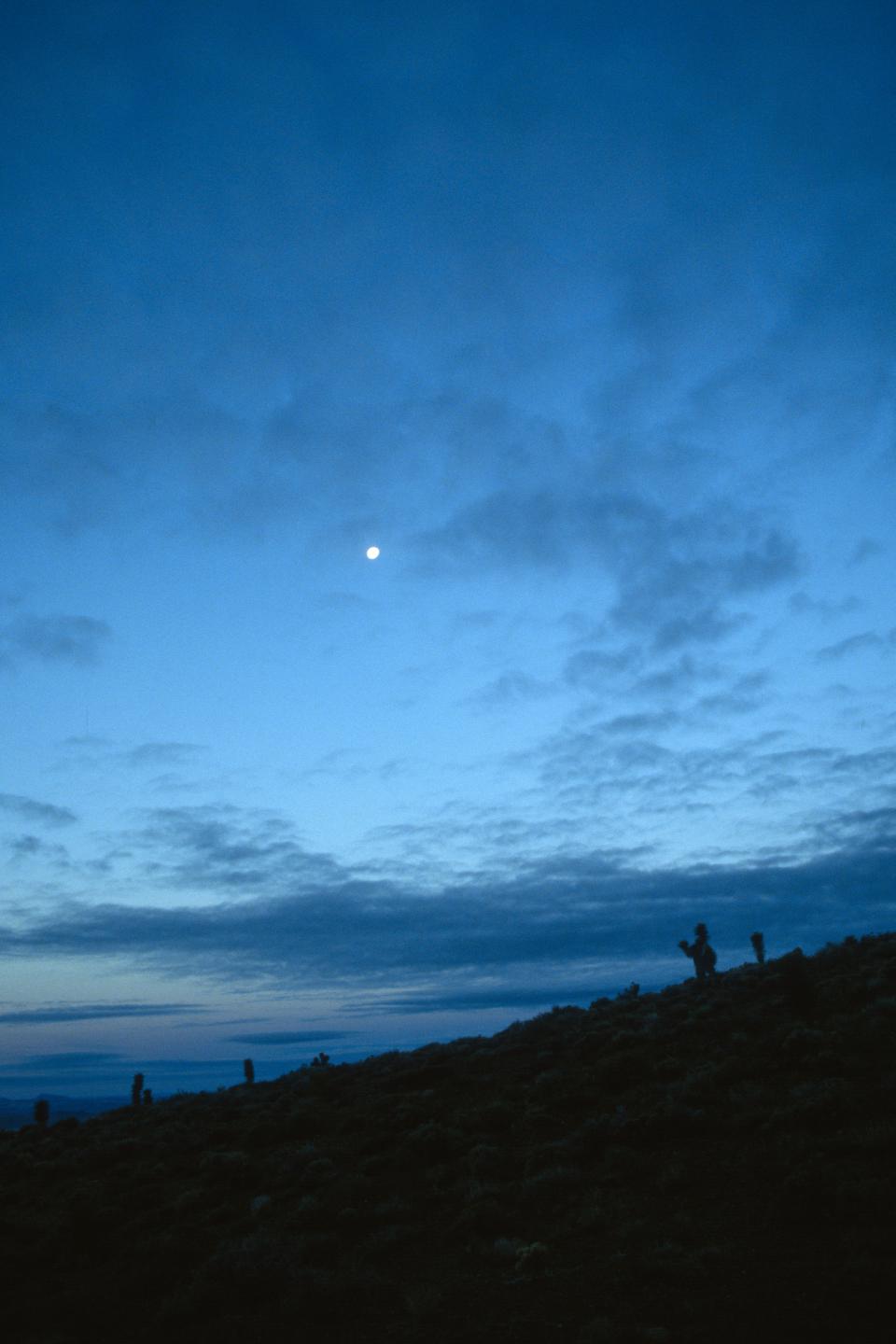
The moon rises near Gold Point, Nevada.
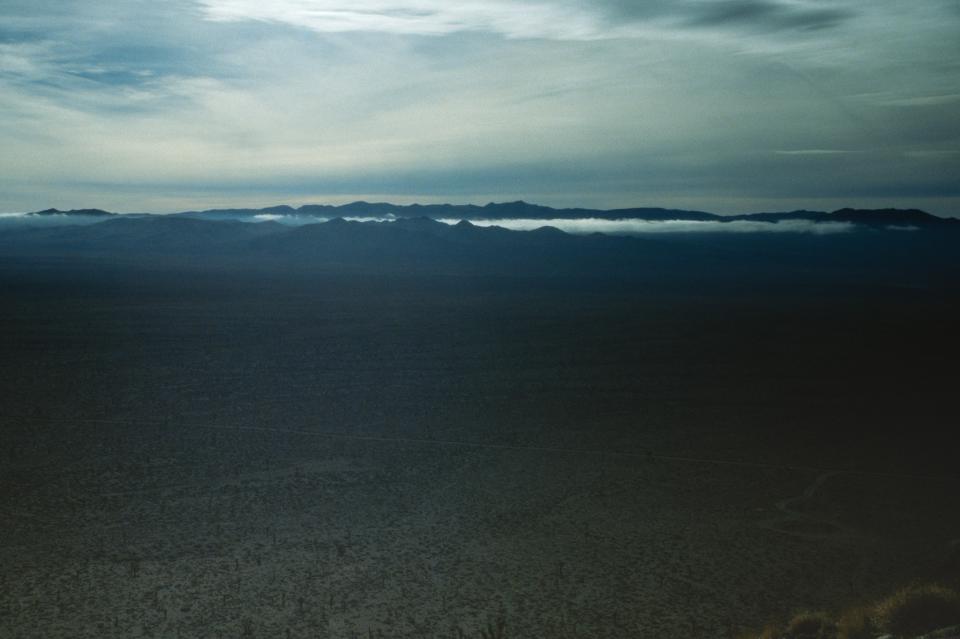
Watching the clouds from Stewarts Mill.
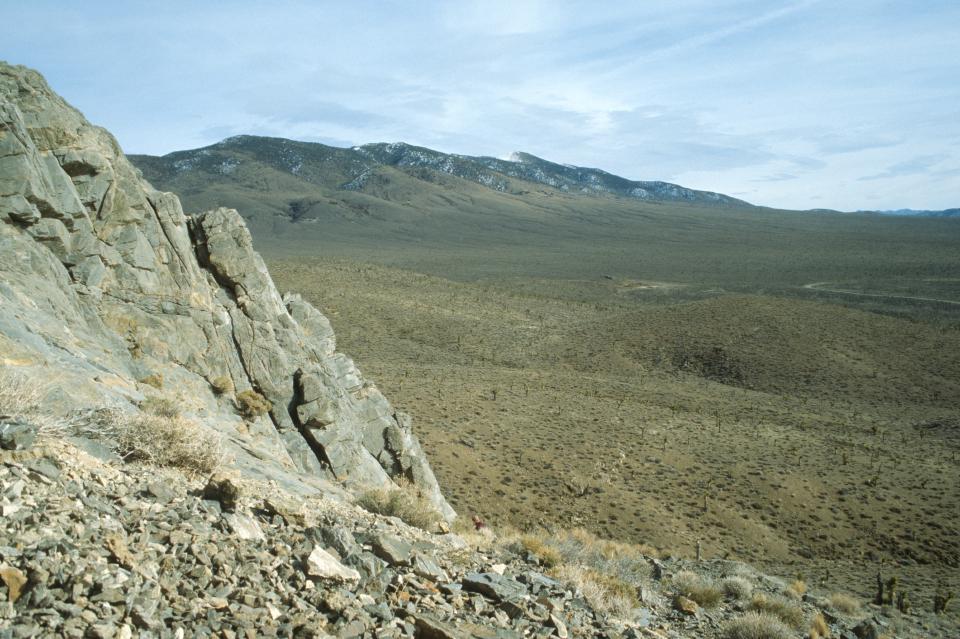
A dusting of snow on the mountains in the background, with an ancient shallow water reef in the foreground.
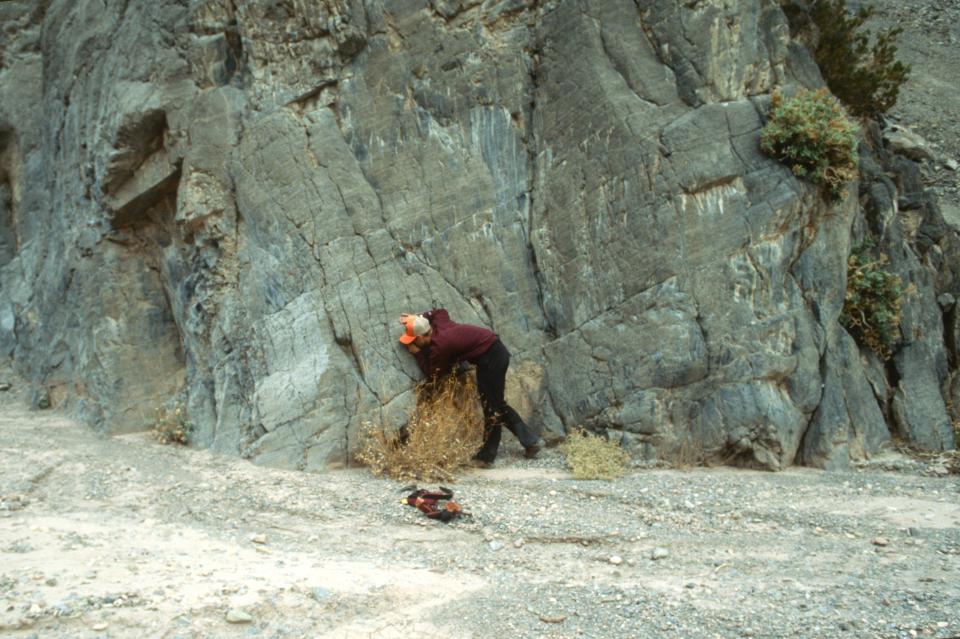
Ryan Manzuk looks for evidence of Cambrian-era sponges in Death Valley.
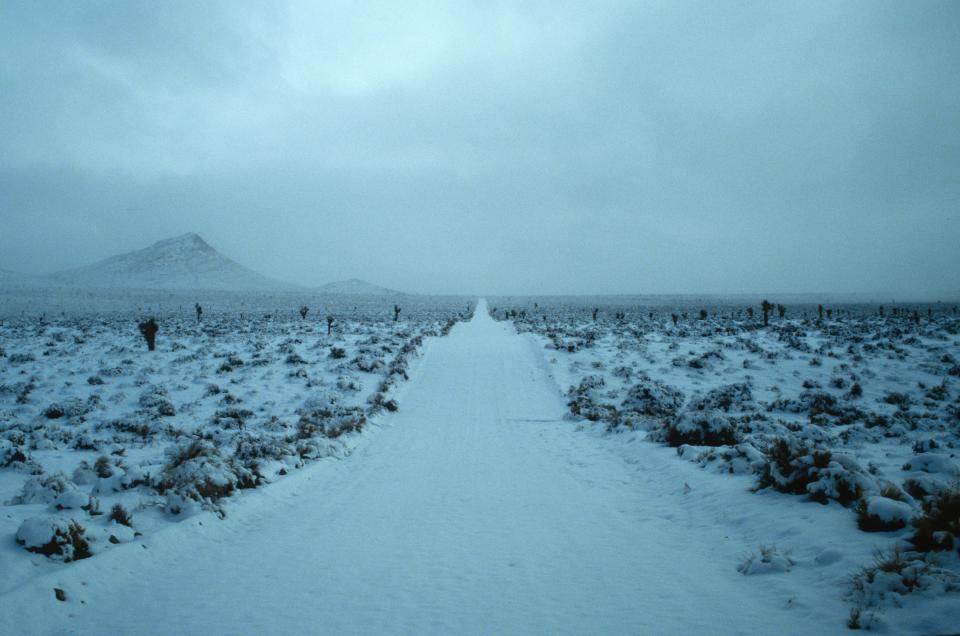
A desert road covered in snow.
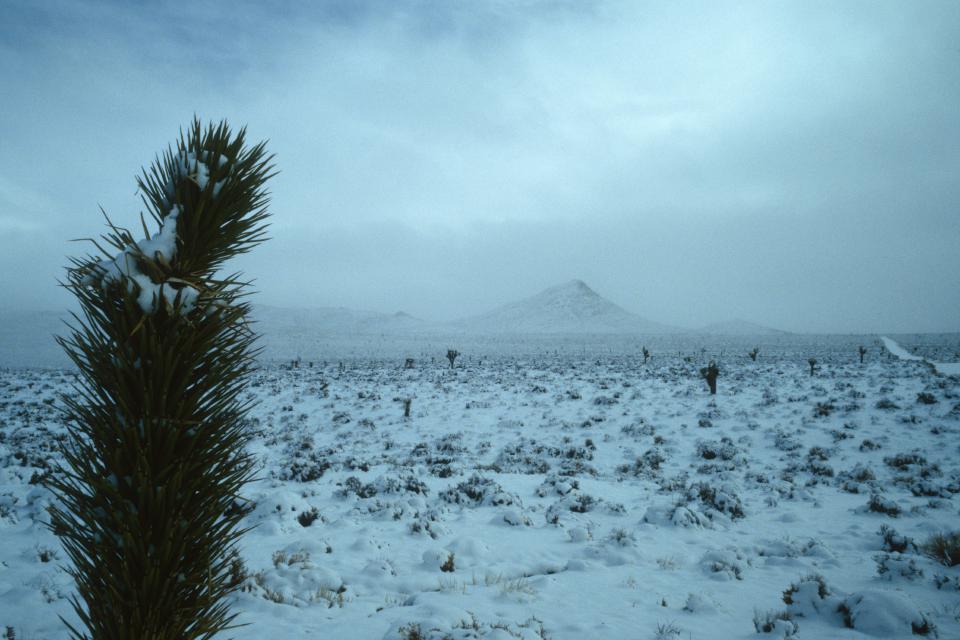
Another image of a late January desert snowfall.
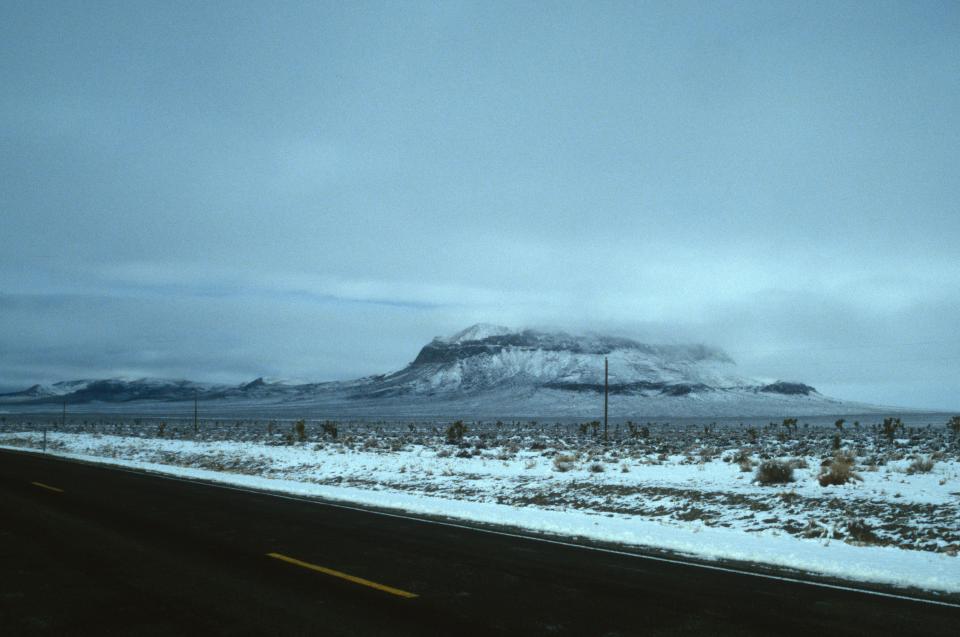
Driving down Route 266.